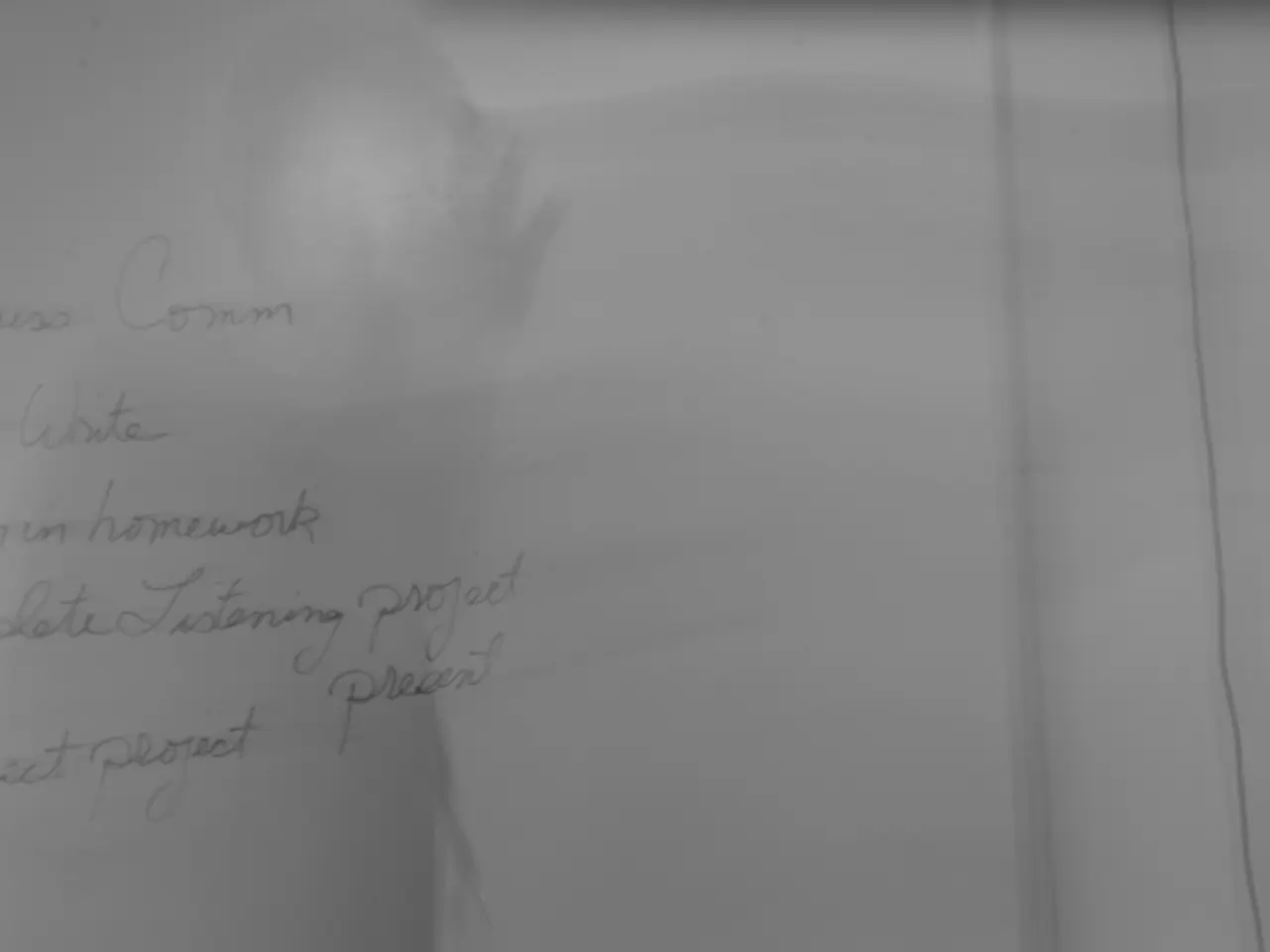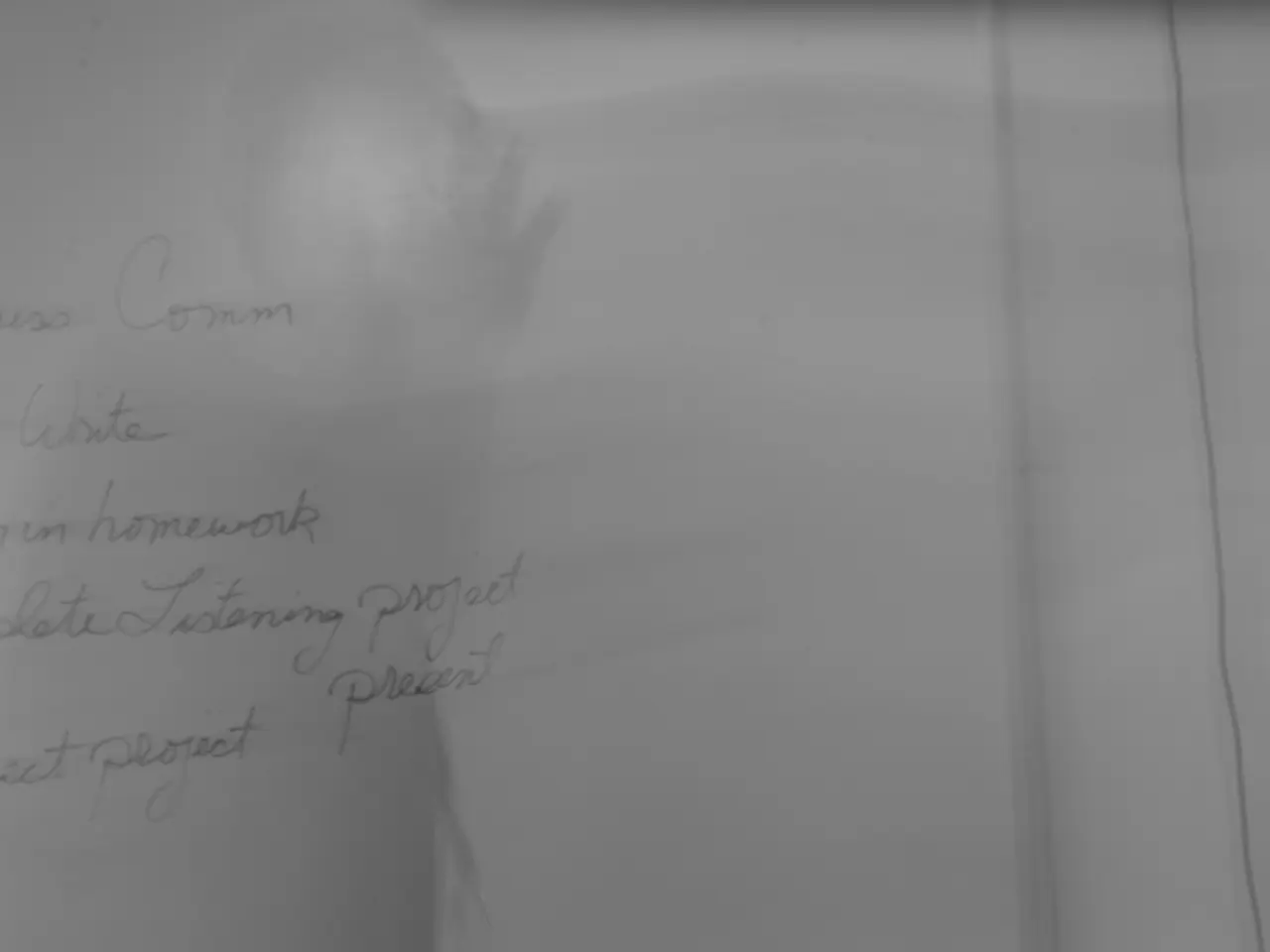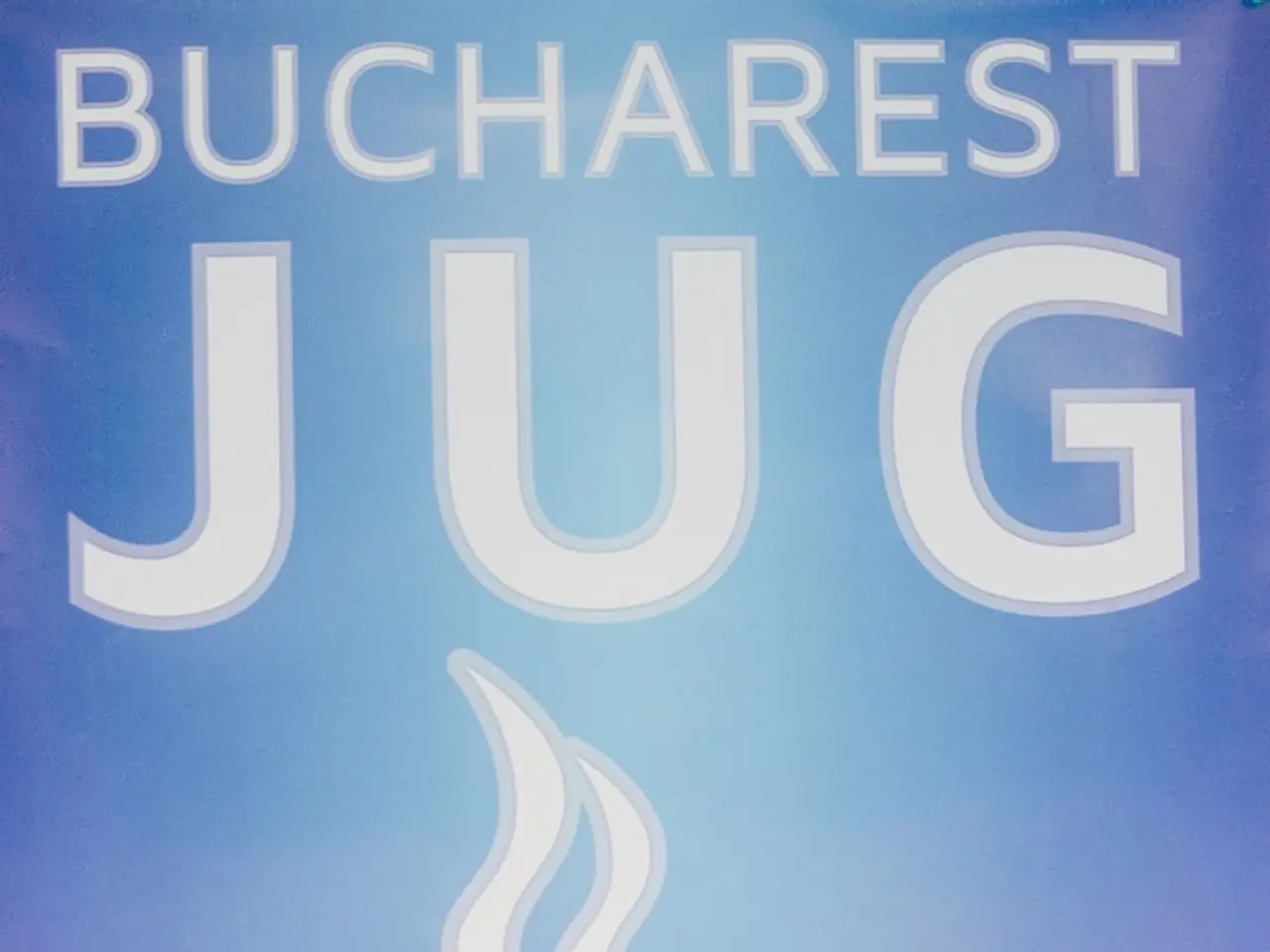The potential for nuclear reactors to transform mercury into gold, a hoped-for achievement dating back to alchemy, is being explored.
In a groundbreaking proposal, Silicon Valley-based Marathon Fusion has suggested a novel approach to harnessing the power of nuclear fusion for both energy production and the synthesis of gold. The company's plan involves incorporating a specific isotope of mercury into the breeding blanket of a fusion reactor, particularly a tokamak reactor.
The breeding blanket, a crucial component in the nuclear fusion system, is modified into a mercury/lithium alloy. This layer, which surrounds the plasma chamber, is designed to maximise (n, 2n) neutron reactions. These reactions absorb one neutron and release two, aiding in the production of tritium fuel and generating additional fast neutrons.
The key process is neutron bombardment. Fast neutrons produced in the fusion reaction collide with mercury-198, converting it into mercury-197, an unstable isotope. Over about 64 hours, mercury-197 undergoes radioactive decay into stable gold-197, the most common form of gold.
This nuclear transmutation exploits the neutron flux from fusion, effectively changing the element by removing nucleons. The process is a form of modern "alchemy," using fusion reactor neutrons to achieve economically viable production of gold alongside clean fusion energy.
According to Marathon Fusion’s simulations, the method could produce about 2 metric tons of gold per gigawatt of thermal power per year, potentially generating significant revenue to boost the economic viability of fusion power plants.
It is important to note that some of the produced gold may initially be radioactive, requiring a storage period of up to 18 years to become fully safe for use. Additionally, this approach is novel in combining gold production with energy production in a fusion reactor, leveraging neutron reactions that simultaneously optimize tritium fuel breeding—critical for sustaining fusion reactions.
The theoretical basis for this method involves known nuclear physics of neutron capture and decay but has not yet been peer-reviewed or widely demonstrated at scale. The paper discussing this innovative approach, titled "Scalable Chrysopoeia via (n, 2n) Reactions Driven by Deuterium-Tritium Fusion Neutrons," can be accessed here.
This fusion gold production method could almost double the revenue of a nuclear fusion power plant without affecting the energy output or any drop in tritium production. One gigawatt of fusion electricity could produce up to 11,023 pounds (5,000 kg) of gold annually, potentially leading to over $550 million worth of gold per year per GW of fusion energy.
References: 1. Marathon Fusion. (n.d.). Scalable Chrysopoeia via (n, 2n) Reactions Driven by Deuterium-Tritium Fusion Neutrons. Retrieved from [link] 2. Marathon Fusion. (n.d.). Gold from Fusion: A New Frontier in Energy Production. Retrieved from [link] 3. Marathon Fusion. (n.d.). Fusion Power and Gold Production: The Intersection of Science and Economics. Retrieved from [link] 4. IAEA. (n.d.). Isotopes and the Nuclear Fuel Cycle. Retrieved from [link] 5. World Gold Council. (n.d.). Gold Price Today. Retrieved from [link]
The innovative plan by Marathon Fusion for a nuclear fusion reactor includes modifying the breeding blanket, a crucial component, into a mercury/lithium alloy to maximize (n, 2n) neutron reactions. This process, known as nuclear transmutation, exploits the neutron flux from fusion, using it to convert mercury-198 into unstable gold-197 through neutron bombardment. This approach, which potentially generates significant revenue through gold production, is a form of modern alchemy and could almost double the revenue of a nuclear fusion power plant without affecting its energy output.




